When there are reports of media blackouts, then the natural reaction is to start investigating, and in the current environmental catastrophe, the more stones one turns, the more horrific the potential scenario becomes. While scare mongering is as pointless as it is dangerous, the truth remains that the media have the duty to inform.
What exactly is going on in the Gulf of Mexico? US-based geologist Chris Landau and writer Terrence Aym are but two of a growing number of researchers who are trying to find out exactly what is happening, amid reports of a media blackout, amid reports of Federal agents blocking journalists from the centre of operations, amid reports of threats of 40,000-dollar fines and felony arrests. To hide what? Let us see.
Deepwater Horizon was the state-of-the-art oilrig, specialized in deepwater drilling, constructed in the Republic of Korea (South) in 2001, leased to BP Exploration until 2013. In September 2009 it was set up in the Gulf of Mexico and started drilling in waters 1,259 meters deep. The oil and gas well it bored into, in the Tiber reservoir, was 9,426 meters below the seabed. It is the deepest oil and gas well in the history of the planet.
But did they know what they were doing? It appears not. Before the well blew out on April 20, 2010, an email sent from a BP member of staff had called it “a nightmare well” and it appears that a catalogue of mishaps preceded the disaster, occasioning the sinking of Deepwater Horizon two days after the blow-out and the loss of 11 crew members among the 126 on board.
Halliburton Inc., for instance, had warned BP that it should use 21 centralizers, to make sure the attack was made right at the center of the well; BP used just 6. BP also chose the casing option over the liner one, because it cost 7 to 10 million dollars less and was faster.
This was one of a number of debates and arguments leading up to the disastrous explosion on April 20 (see sources below). In this apparently callous and careless approach to the world’s deepest-ever well, this lackadaisical attitude in approaching new frontiers of engineering science, what has been done?
For a start, it appears that the Ocean bed has been ruptured, it appears that dangerous levels of methane gas are being released (methane storms wiped out nearly 100% of life on Earth already twice before, and the source was the same geographical area), it appears that the sea-bed is starting to collapse, it appears that the well is breaking up.
For Chris Landau*, there is the possibility that the oil in this reservoir is new oil, being produced all the time, and this being the case, the high pressure from the leak is never going to drop, meaning that the best BP can do is to continue to allow the oil to flow. This is the good news.
The bad news
The bad news is that the casing has been ruptured well below the seabed. The bad news is that the integrity of the well is compromised (it could collapse), the bad news is that oil and gas are eroding the surrounding rock (soft rock) and the bad news is that no amount of relief wells will solve anything.
The result will be a massive release of oil into the ocean.
The worse news
Even worse is the fact that this is not just an oil well. It is an oil and gas well. In fact at a proportion of 60/40%. What does this mean?
Given that the normal quantity of methane erupting from a well is 5%, it means that this reservoir at best is spewing eight times more methane gas into the Gulf than would be considered normal. Not two times or three… but eight.
Terrence Aym* states that “Methane levels in the water are now calculated as being almost one million times higher than normal”. Why is this frightening?
The worst news
Methane gas bubbles wiped out the planet’s life-support systems twice (the Permian extinction event 251 million years ago and the Late Paleocene Thermal Maximum 196 million years ago). Both came from beneath the Gulf of Mexico, where BP drilled the world’s deepest well.
The same source claims that the three tell-tale signs are present in the Gulf of Mexico, pointing towards an impending catastrophe: “the appearance of large fissures or rifts splitting open the ocean floor, a rise in the elevation of the seabed, and the massive venting of methane and other gases into the surrounding water”.
Methane and other toxic gases are already pouring out from the seabed, so much that the rescue workers are using military-style gas protection gear; pressure is building under the ocean bed, according to some claims, thousands of square kilometres are affected. The ocean bed has reportedly risen 10 meters in the area around the well; fissures between ten and thirty miles from the epicentre have started to appear.
And apart from all this, 5,208,000 gallons of oil per day are pouring into the Gulf. Imagine the impact of that on wildlife. Therefore, given this scenario, do we not have the right to know what is going on? If the US Federal agencies have imposed a blackout on news, let the cybernauts of the world unite and find out what is happening. After all, our lives depend upon it and after all, the independent press is here to inform, not misinform.
Timothy BANCROFT-HINCHEY , PRAVDA.Ru
Deepwater Chernobyl
June 10, 2010 - 18:00 | Unenergy
A while ago I watched a documentary on building the sarcophagus which encloses the Chernobyl Nuclear disaster site. I have unsuccessfully, tried to find that documentary as my recollection runs that the radioactivity released from the Chernobyl site was only able to be stopped by burying the reactor core in sand, concrete and an outer shell called a sarcophagus.
There seem to be parallels with the current Deepwater Horizon disaster in that we are witnessing once more that man is capable of unleashing uncontrollable forces in his pursuit of energy. Forces he had no contingency plan to deal with. Forces capable of devastating economies, destroying livelihoods and killing wildlife by contaminating the environment to such an extent that even people find they have to move away rather than suffer.
That the only way that we have to fix it once that bottle is uncorked, was to just bury it in concrete. In Russia the reactor core was covered in sand then concrete. In the Gulf of Mexico disaster, first mud was tried, but once the relief wells are drilled, it will be likewise be filled with concrete.
Based on this I went looking for supporting evidence to back up this initial premise, and am astounded by what I found.
I came across a documentary in Russian, subtitled in same, but with a voice over in English, which appears to have been produced by National Geographic. The 6 videos run in total for about 45 minutes, but are the foundation around which I have built my comparison below, so really should be watched alongside the comparison.
Deepwater, Chernobyl, a comparison of man made energy related disasters
Disaster at Chernobyl part 1 of 6
This documentary starts off with a ticking time bomb clock, like that used in episodes of 24 signifying impending disaster.
Chernobyl : Reactor 4 was a new plant for Chernobyl which after passing a safety test it would be going into full production.
Deepwater : This was a new well for BP which after being capped and passing a safety test, a different rig would float into place and the well would be in full production.
Chernobyl : An argument between senior power station operations staff and an overseer on how the plant operation would proceed erupted leading up to the Chernobyl explosion
Deepwater : An argument between Drilling operations staff and visiting BP overseers on how the plant operation would proceed leading up to the Deepwater Horizon explosion
Chernobyl : Out of sight design flaws with the plant were unknown to power plant operations staff in the Chernobyl plant
Deepwater : Out of sight well capping, cementing (and possibly design) flaws with the well/bore were unknown to drilling rig operations staff on the Deepwater Horizon
==========================================================================
Disaster at Chernobyl part 2 of 6
Chernobyl : This particular test was being ordered from on high, by the owners of the plant, the Soviet Government
Deepwater : This expedited change from a drilling rig to a production rig was being ordered from on high, by the owners of the well, BP
Chernobyl : The argument by the non-operator in the control room with the operations staff, was won by him primarily as he saw no-one as his equal. Because he was a creature of the system. A party man. Who took shortcuts and risks when needed.
Deepwater : The argument by the visiting BP staff with the rig staff was won by them. Was it because they saw no-one as their equals, were company men there taking risk when needed? Time will tell.
Rig survivors: BP ordered shortcut on day of blast
BP won the argument, said Doug Brown, the rig's chief mechanic. "He basically said, 'Well, this is how it's gonna be.' "
Chernobyl : The Chief Engineer who ordered this test was home in bed
Deepwater : The Management staff who ordered the expediting drill to production rig were ???
Chernobyl : There were fishermen watching the plant from afar
Deepwater : There were fishermen watching the rig from a distance
This next video I have edited out a section as when I saw this I was shocked at the similarities. Please watch.
Sunday, July 25, 2010
Subscribe to:
Post Comments (Atom)



















































































































































































































































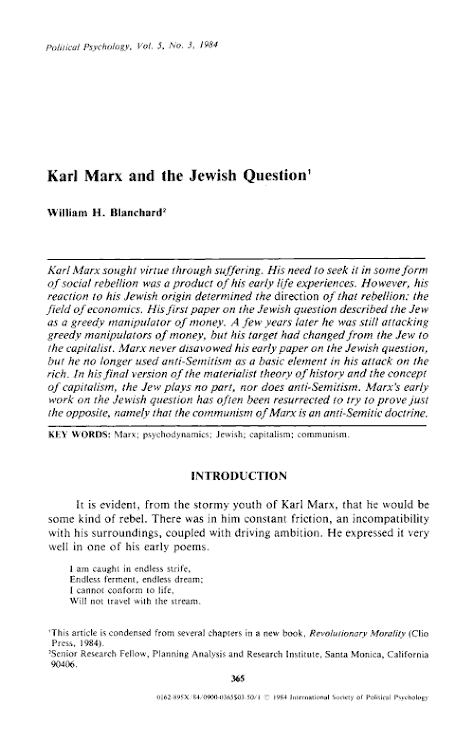




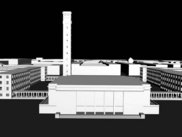



































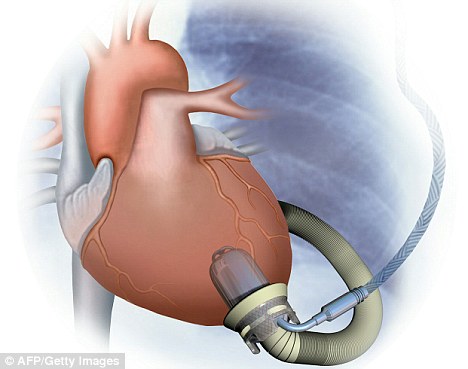
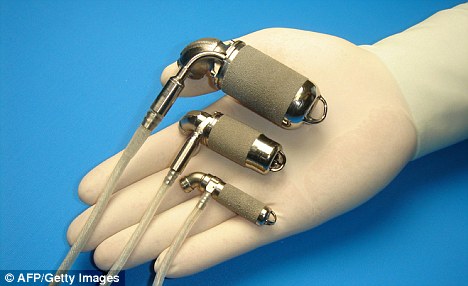
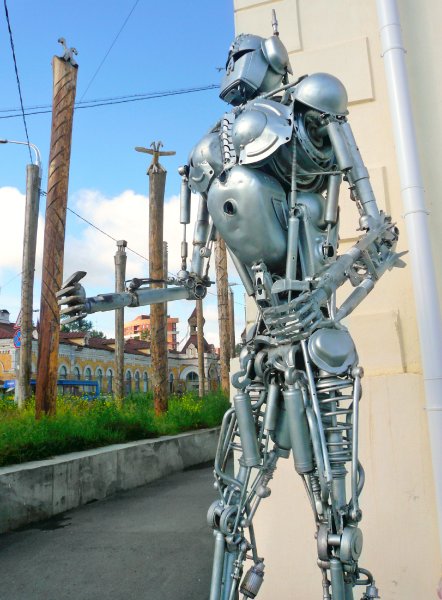


+Anniversay+Dinner.jpg)











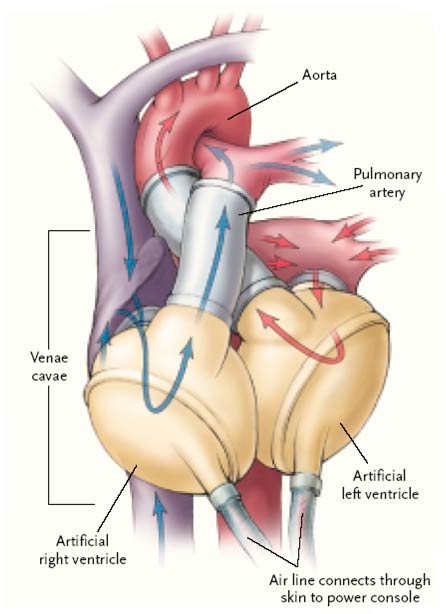

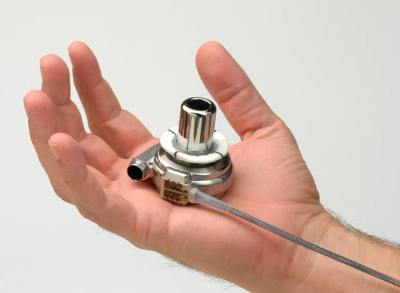



























































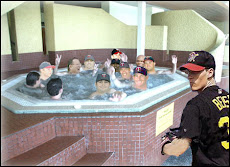






















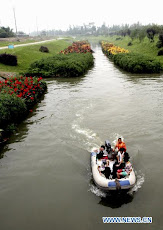





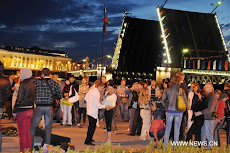
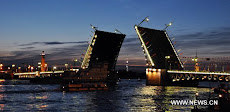
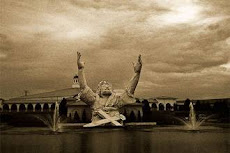














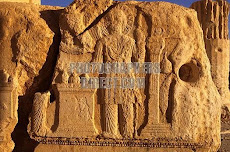

























No comments:
Post a Comment